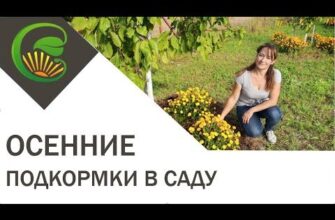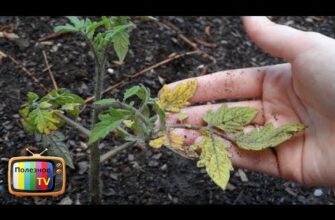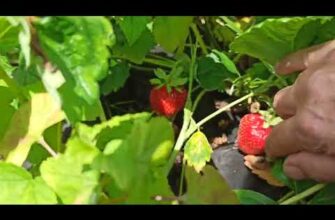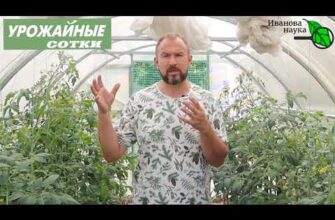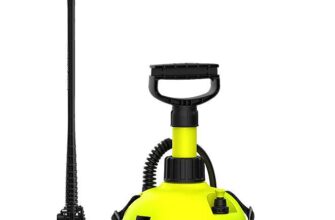- Лучшие способы увеличить размер чеснока
- Осенняя посадка чеснока: преимущества и особенности
- Как выбрать подходящие сорта чеснока для осенней посадки
- Рекомендации по подготовке грядки для посадки чеснока
- 1. Выбор места для посадки
- 2. Подготовка почвы
- 3. Размещение чеснока
- 4. Уход за посадкой
- Как правильно подготовить чеснок к осенней посадке
- Выбираем подходящее место
- Улучшаем почву
- Подготавливаем чеснок
- Создаем лунки
- Как выбрать идеальное время для осенней посадки чеснока
- Правила посадки чеснока на грядку: шаг за шагом
- Почему добавки и удобрения помогают увеличить размер чеснока
- Топ-5 лучших добавок для увеличения размера чеснока
- 1. Органическое удобрение
- 2. Минеральные добавки
- 3. Пепел
- 4. Мульчирование
- 5. Разделение зубчиков
- Полезные советы по уходу за чесноком после осенней посадки
- 1. Полив
- 2. Внесение удобрений
- 3. Удаление сорняков
- 4. Защита от вредителей
- Вопрос-ответ:
- Какие добавки можно использовать для увеличения размера чеснока при осенней посадке?
- Какой эффект оказывает компост на размер чеснока?
- Какая роль перегноя в увеличении размера чеснока?
- Можно ли использовать золу для увеличения размера чеснока?
- Чем полезна яичная скорлупа для чеснока?
- Видео:
- Самая важная подкормка для чеснока и лука.
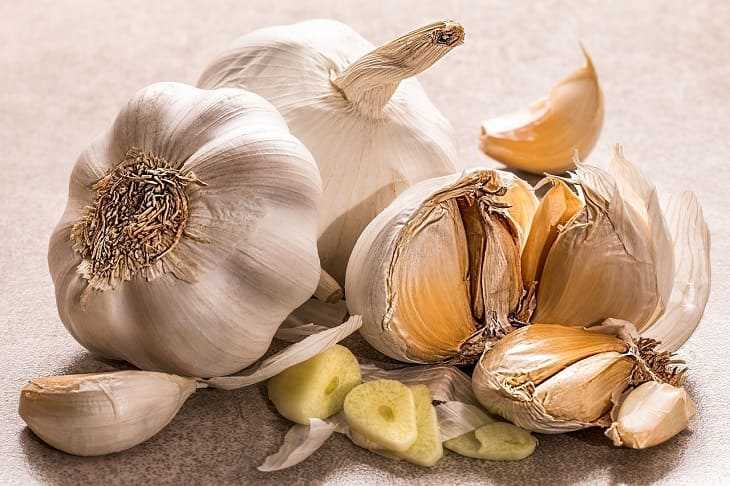
Осень — идеальное время для посадки чеснока, так как растение в этот период успевает укорениться и приобрести силу к зиме. Однако, чтобы получить крупный и сочный чеснок, необходимо принять некоторые меры. Одной из них является правильный выбор места для посадки и правильная подготовка лунок для растения.
Чтобы увеличить размер чеснока, необходимо создать оптимальные условия для его роста и развития. Сначала следует выбрать подходящее место для посадки. Чеснок предпочитает солнечное место с рыхлой и плодородной почвой. Также важно учесть предшественников, чтобы избежать заболеваний и вредителей.
Для увеличения размера чеснока необходимо правильно подготовить лунки. Лунки следует делать на глубину около 5-7 см с расстоянием между ними около 15-20 см. Перед посадкой в каждую лунку можно добавить небольшое количество органического удобрения, такого как перегной или компост. Это позволит обеспечить растение необходимыми питательными веществами для активного роста и развития.
Лучшие способы увеличить размер чеснока
Правильная посадка чеснока осенью — это первый шаг к получению крупных головок. Перед посадкой необходимо подготовить грядки, выбрав солнечное место с плодородной почвой. Расстояние между лунками должно быть не менее 15-20 см, чтобы растения могли развиваться свободно.
Увеличиваем размер чеснока с помощью правильного ухода. Важно регулярно поливать посадки, особенно при нехватке осадков. Чеснок любит умеренную влажность, но не переносит переувлажнения или засухи. Также рекомендуется подкормить растения органическими удобрениями или комплексным минеральным удобрением, чтобы обеспечить их питательными веществами.
Добавить размер чеснока поможет правильное обрезание. После появления стрелок необходимо их удалить, чтобы растения тратили энергию на формирование головок, а не на цветение и семеносение. Также рекомендуется удалить нижние листья, чтобы обеспечить лучшую циркуляцию воздуха и предотвратить возникновение грибковых заболеваний.
Чтобы увеличить размер чеснока, можно использовать метод мульчирования. Загущенное мульчирование грядок поможет сохранить влагу в почве, предотвратить рост сорняков и защитить растения от перепадов температур. Для мульчирования можно использовать солому, торф, опилки или другие доступные материалы.
Осенняя посадка чеснока: преимущества и особенности
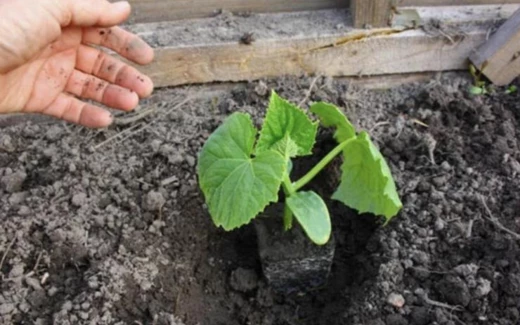
Осенняя посадка чеснока является оптимальным способом для получения крупных и сочных головок. В отличие от весенней посадки, осенний посадочный материал имеет больший размер и содержит больше питательных веществ, что положительно сказывается на развитии растения.
Для успешной осенней посадки чеснока необходимо подготовить почву. Для этого можно добавить органическое удобрение, такое как компост или перегной. Также рекомендуется пролить почву перед посадкой, чтобы обеспечить достаточную влажность для роста чеснока.
При посадке чеснока осенью, нужно увеличиваем расстояние между луковицами. Оптимальное расстояние составляет примерно 15-20 см между луковицами в одном ряду и 25-30 см между рядами. Это позволит растениям развиваться свободно и не конкурировать за питательные вещества.
Преимущество осенней посадки чеснока заключается также в том, что в это время года земля обычно влажная, что способствует лучшему укоренению и развитию растений. Кроме того, осенью отсутствуют активные вредители, что позволяет уменьшить риск повреждений растений и улучшить урожайность.
Как выбрать подходящие сорта чеснока для осенней посадки
При выборе сортов для посадки чеснока осенью нужно учитывать несколько важных факторов. От выбора сортов будет зависеть размер головок чеснока и их качество.
Перед тем, как добавить чеснок в лунки, необходимо определиться с сортами. Существует огромное количество разных сортов чеснока, которые отличаются по размеру головок, урожайности и вкусовым качествам.
Хорошим выбором для осенней посадки чеснока являются сорта, которые хорошо адаптированы к условиям нашего региона. Это позволит получить более крупные и сочные головки чеснока.
Увеличиваем размер чеснока при его посадке осенью можно выбрав сорта, которые отличаются высокой урожайностью и устойчивостью к болезням. Также стоит обратить внимание на сорта, которые хорошо сохраняются после сбора и имеют приятный вкус.
Для удобства выбора сортов чеснока, можно составить список наиболее подходящих вариантов и ознакомиться с их характеристиками. Также полезно проконсультироваться с опытными садоводами или специалистами, которые могут дать советы и рекомендации.
Рекомендации по подготовке грядки для посадки чеснока
1. Выбор места для посадки
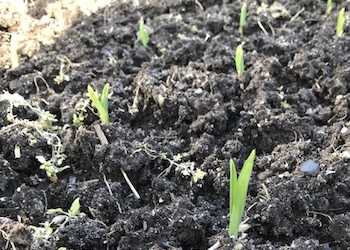
Для успешного выращивания чеснока необходимо выбрать подходящее место на грядке. Оно должно быть хорошо освещено солнцем и иметь рыхлую, плодородную почву.
2. Подготовка почвы
Перед посадкой чеснока необходимо предварительно подготовить почву. Для этого рекомендуется добавить компост или перегнои в лунки, где будет размещен чеснок. Это позволит увеличить плодородность почвы и обеспечить хороший рост растений.
3. Размещение чеснока
При посадке чеснока необходимо правильно разместить его в грядке. Луковицы чеснока следует укладывать головками вниз в лунки, соблюдая расстояние между ними около 10-15 см. Такой способ посадки позволит увеличить количество и размер чеснока.
4. Уход за посадкой
После посадки чеснока необходимо обеспечить его регулярный полив и рыхление почвы. Рекомендуется также удалять сорняки, чтобы они не конкурировали с чесноком за питательные вещества. Подкормка органическими удобрениями также поможет увеличить размер чеснока.
Следуя этим рекомендациям, вы сможете подготовить грядку для осенней посадки чеснока таким образом, чтобы увеличить его размер и получить обильный урожай.
Как правильно подготовить чеснок к осенней посадке
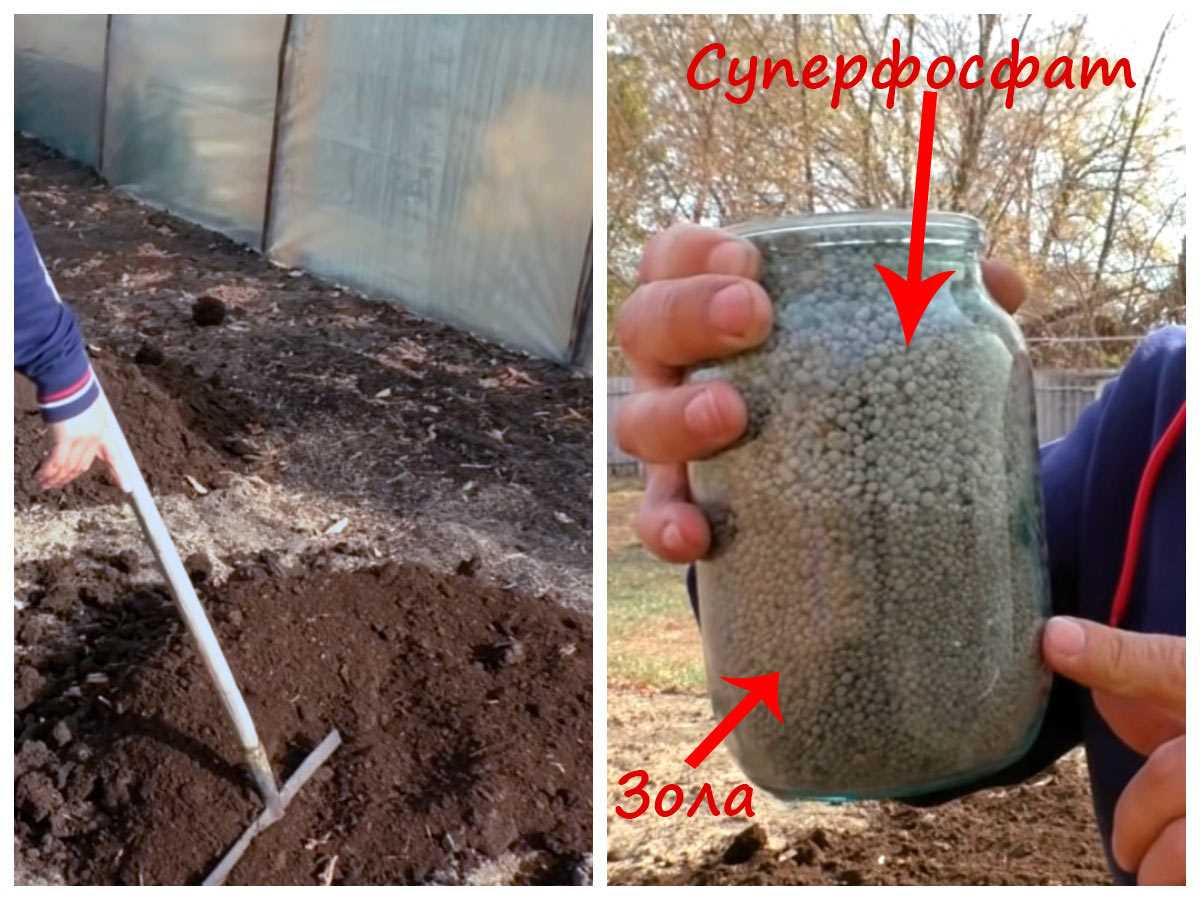
Осенняя посадка чеснока — это важный этап в выращивании этого овоща. Чтобы увеличить размер чеснока и получить богатый урожай в следующем году, нужно правильно подготовить лунки для посадки.
Выбираем подходящее место
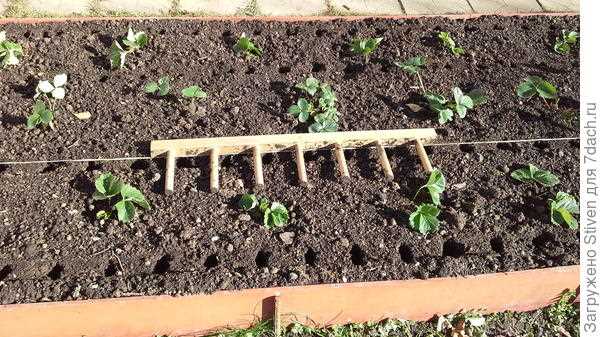
Для посадки чеснока важно выбрать солнечное место с плодородной почвой. Чеснок любит свет и тепло, поэтому лучше выбирать открытые участки с минимальной тенью.
Улучшаем почву
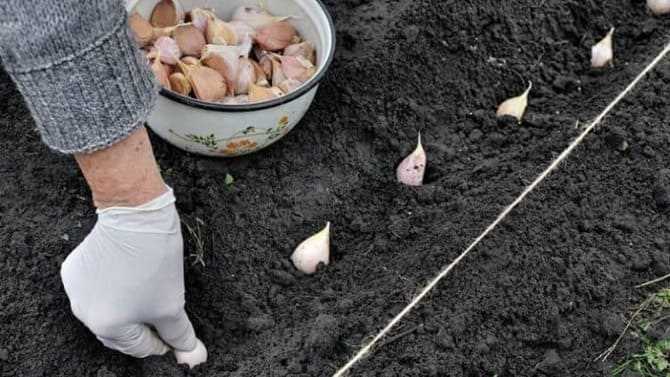
Перед посадкой чеснока нужно добавить органическое удобрение в почву. Это поможет увеличить плодородность и обеспечить растения необходимыми питательными веществами. Можно использовать перегноя, компост или другие органические добавки.
Подготавливаем чеснок
Перед посадкой чеснок нужно подготовить. Отсортируйте зубки и выберите крупные и здоровые экземпляры. Удалите поврежденные и больные зубки, чтобы избежать распространения болезней. Зубки можно обработать раствором марганцовки для дезинфекции.
Создаем лунки
Для посадки чеснока нужно создать лунки глубиной около 5-7 см. Расстояние между лунками должно быть около 10-15 см. Чеснок нужно разместить зубками вниз и прикрыть землей. Затем залейте посадку небольшим количеством воды.
Следуя этим простым рекомендациям, вы сможете правильно подготовить чеснок к осенней посадке и получить качественный и урожайный урожай в следующем году. Не забывайте ухаживать за растениями в течение всего вегетационного периода, поливайте их, удаляйте сорняки и своевременно удобряйте.
Как выбрать идеальное время для осенней посадки чеснока
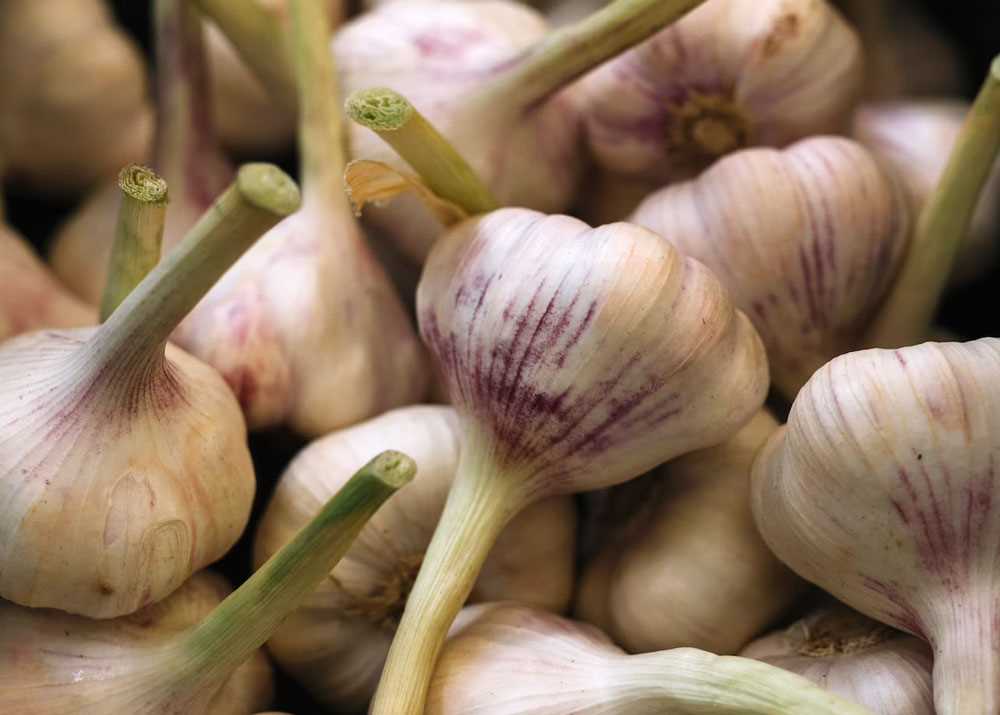
Правильная посадка чеснока осенью – это ключевой момент для увеличения его размера и урожайности. Чтобы получить крупные и сочные головки чеснока, нужно правильно выбрать время для посадки.
Осень является идеальным временем для посадки чеснока, так как в это время растение активно развивается и укореняется. Подготовьте грядку заранее, в течение сентября-октября, чтобы земля успела прогреться и стала более плодородной.
Посадку чеснока следует выполнять в сухую погоду, чтобы избежать загнивания зубков. Также стоит обратить внимание на выбор сорта чеснока: некоторые сорта лучше приживаются в определенных климатических условиях. Важно учитывать особенности своего региона и выбирать сорт, который будет наиболее устойчив к местным условиям.
Для увеличения размера головок чеснока можно добавить органические удобрения или комплексные минеральные добавки в почву перед посадкой. Это поможет обеспечить растению достаточное количество питательных веществ для развития и роста.
Так стоп!!! Вы всё ещё не подписаны на наши каналы в Телеграмм и Дзен? Посмотрите: ТГ - (@historyfantasydetectivechat) и Дзен (https://dzen.ru/myshortsstorys)
Правильно выбранное время для осенней посадки чеснока, а также правильное удобрение и уход за растением помогут увеличить его размер и получить богатый урожай крупных и сочных головок чеснока.
Правила посадки чеснока на грядку: шаг за шагом
Правильная посадка чеснока на грядку осенью является важным этапом для получения крупных и сочных головок. Чтобы достичь желаемого результата, нужно следовать нескольким правилам.
1. Подготовка грядки: перед посадкой чеснока необходимо произвести подготовку грядки. Для этого нужно выбрать солнечное место в саду или огороде, хорошо проветриваемое и защищенное от затопления. Землю рыхлую и плодородную добавляем в грядку, что позволит луковицам развиваться свободно.
2. Подготовка лунок: после подготовки грядки нужно сделать лунки для посадки чеснока. Лунки должны быть глубиной около 5 см и расстоянием между ними примерно 10-15 см. Это позволит корням чеснока развиваться и получать достаточно питательных веществ.
3. Подготовка чеснока: перед посадкой чеснока в лунки, необходимо подготовить сами луковицы. Избегайте использования поврежденных или больных луковиц, так как они могут негативно повлиять на рост и развитие растения. Также можно добавить специальные добавки, такие как компост или перегной, чтобы улучшить плодородие почвы и увеличить размер головок чеснока.
4. Посадка чеснока: после подготовки луковиц и лунок, нужно начать саму посадку чеснока. Равномерно распределите луковицы по лункам, оставляя между ними достаточное расстояние. Затем засыпьте лунки землей, аккуратно утрамбуйте и полейте водой. Это поможет укрепить луковицы в грунте и обеспечить нормальное развитие растений.
Соблюдение этих правил посадки чеснока на грядку позволит получить крупные и сочные головки лука, а также увеличить их размер. Не забывайте о поливе и своевременном удалении сорняков, чтобы обеспечить растениям лучшие условия для роста и развития.
Почему добавки и удобрения помогают увеличить размер чеснока
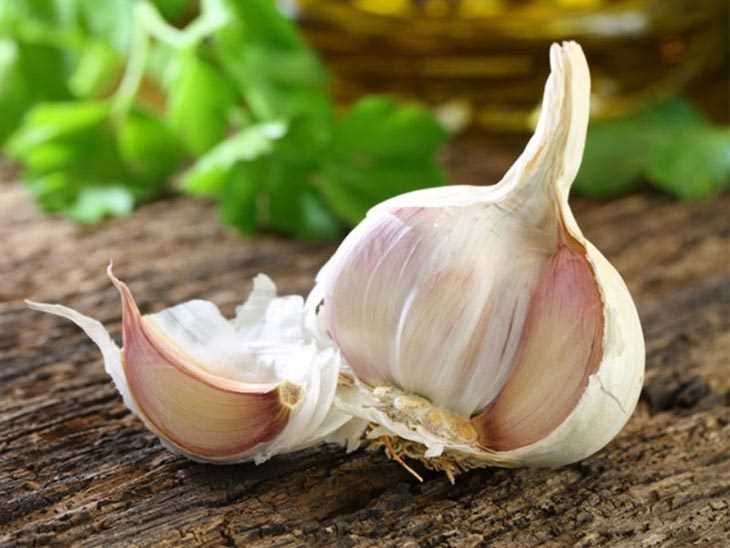
Осенняя посадка чеснока — важный этап в его выращивании. Чтобы получить крупные и сочные головки, необходимо правильно подготовить грядку и использовать специальные добавки и удобрения.
Одной из основных причин, почему добавки помогают увеличить размер чеснока, является их питательная ценность. Добавляя органические удобрения, мы обогащаем почву необходимыми для роста растения элементами.
Для увеличения размера чеснока также важно правильно выбрать место посадки. Чеснок нужно сажать в лунки, расположенные на определенном расстоянии друг от друга. Это позволит растению иметь достаточно пространства для развития и роста корней.
Некоторые сорта чеснока требуют особого внимания и удобрений, чтобы вырасти крупными и сочными. Например, азотные удобрения помогут стимулировать рост луковиц, а фосфор и калий способствуют развитию корней и образованию более крупных головок.
Использование добавок и удобрений в осенней посадке чеснока — это эффективный подход к получению качественного и большого урожая. Регулярное подкормленное и удовлетворение потребностей растения в питательных веществах поможет получить вкусный и полезный продукт для своего стола.
Топ-5 лучших добавок для увеличения размера чеснока

Правильный уход за лунками после посадки чеснока – залог его крупного размера. Помимо регулярного полива и удаления сорняков, нужно обратить внимание на добавки, которые способствуют росту и развитию растений.
1. Органическое удобрение
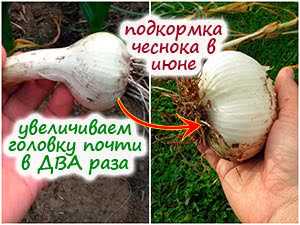
Для осенней посадки чеснока рекомендуется добавить органическое удобрение. Оно содержит необходимые микроэлементы и питательные вещества, которые помогут увеличить размер чеснока. Органическое удобрение можно приготовить самостоятельно из перегноя или приобрести готовое в магазине.
2. Минеральные добавки
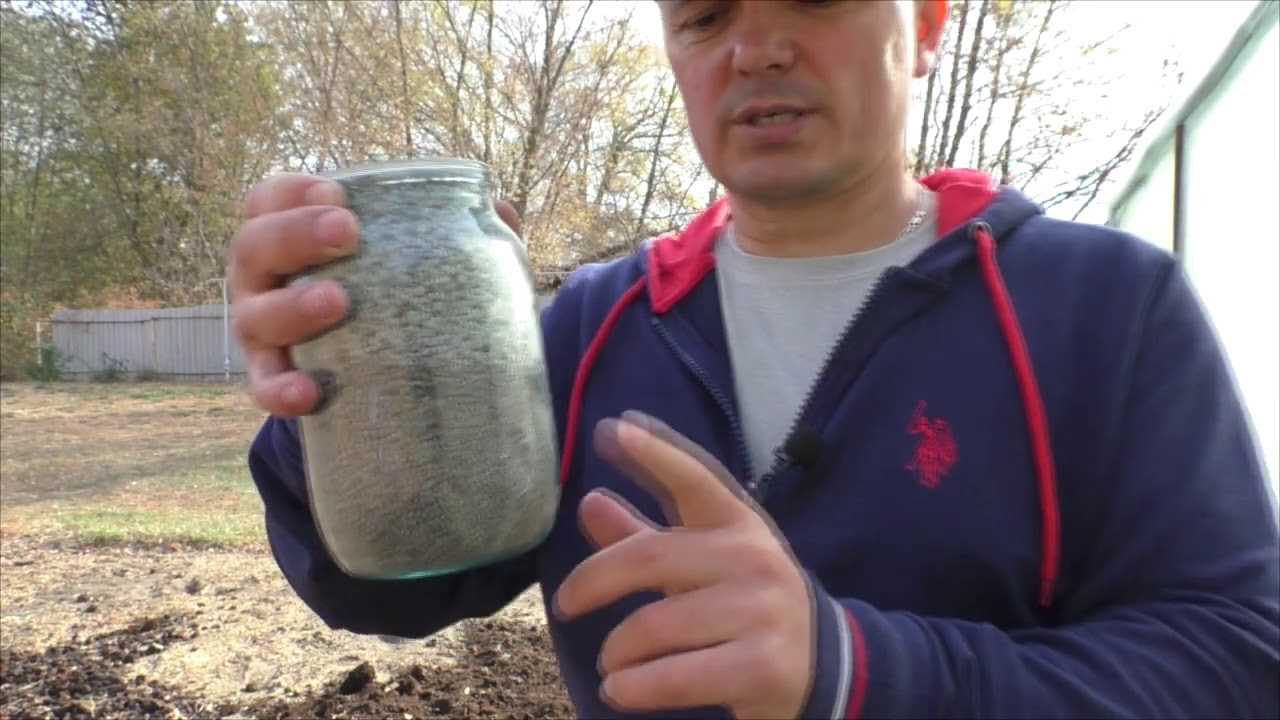
Для повышения урожайности и увеличения размера чеснока рекомендуется использовать минеральные добавки. Они содержат необходимые макро- и микроэлементы, которые активизируют рост растений. Минеральные добавки можно приобрести в специализированных магазинах.
3. Пепел
Добавка в виде пепла является еще одним полезным способом увеличить размер чеснока. Пепел содержит множество микроэлементов и питательных веществ, которые способствуют здоровому росту растений. Разбавите пепел в воде и поливайте растения полученным раствором.
4. Мульчирование
Мульчирование – это процесс покрытия почвы вокруг лунок чеснока слоем органического материала. Это помогает сохранить влагу и тепло в почве, что способствует активному росту растений. В качестве мульчи можно использовать солому, торф, опилки или компост.
5. Разделение зубчиков
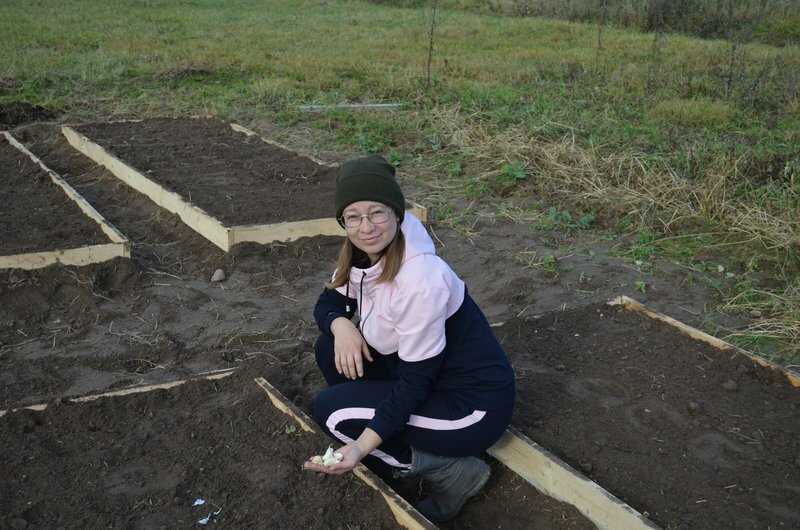
Перед посадкой чеснока рекомендуется разделить его на зубчики. Это позволит каждому зубчику получить больше пространства для роста и развития. Разделенные зубчики следует посадить на расстоянии 10-15 см друг от друга для обеспечения достаточного пространства для развития растений и увеличения размера чеснока.
Полезные советы по уходу за чесноком после осенней посадки
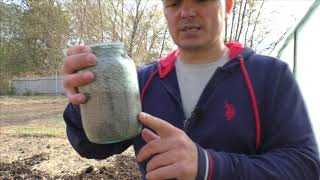
Правильный уход за чесноком после осенней посадки может увеличить его размер и урожайность. Важно знать, как обеспечить растению все необходимые условия для его развития.
1. Полив
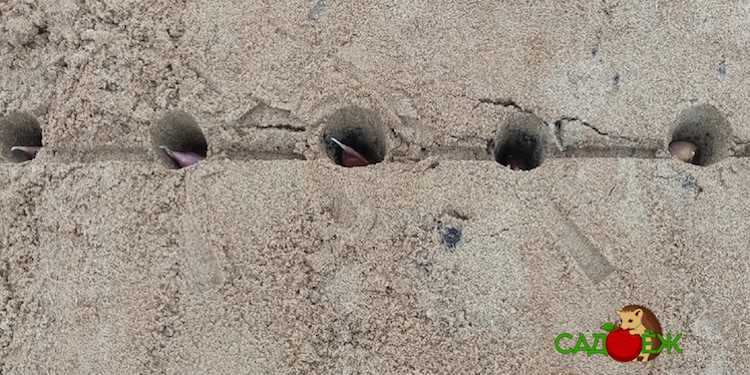
После осенней посадки чеснок нужно поливать регулярно. Важно не допустить пересыхания почвы, но также не стоит заливать растение избыточным количеством воды. Рекомендуется поливать почву умеренно, поддерживая ее влажность на оптимальном уровне.
2. Внесение удобрений
Для увеличения размера чеснока рекомендуется вносить удобрения в почву. Органические удобрения, такие как перегной или компост, являются отличным выбором. Они обогатят почву необходимыми питательными веществами и способствуют развитию корневой системы растения.
3. Удаление сорняков
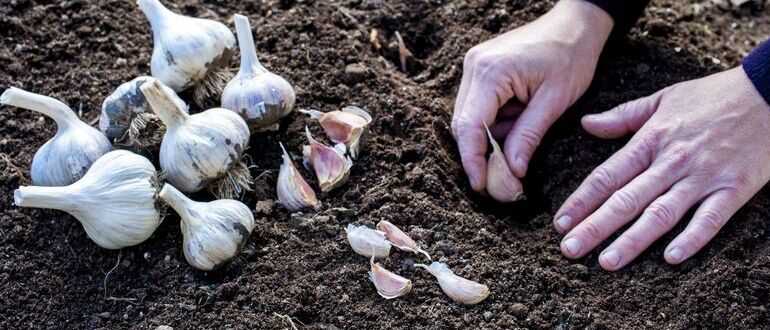
Сорняки могут конкурировать с чесноком за питательные вещества и влагу в почве. Поэтому регулярное удаление сорняков важно для увеличения размера чеснока. Используйте мульчу или регулярно прополаживайте грядку, чтобы предотвратить рост сорняков.
4. Защита от вредителей
Чеснок может атаковать различные вредители, такие как луковый мотылек или тли. Чтобы защитить растение от вредителей, можно использовать натуральные способы, такие как настой чеснока или растительные масла. Также можно применять биологические препараты, которые не наносят вред окружающей среде.
Следуя этим полезным советам, вы сможете увеличить размер чеснока после осенней посадки и получить более обильный урожай.
Вопрос-ответ:
Какие добавки можно использовать для увеличения размера чеснока при осенней посадке?
Для увеличения размера чеснока при осенней посадке можно использовать различные добавки, такие как компост, перегной, зола, яичная скорлупа, калийная соль и другие.
Какой эффект оказывает компост на размер чеснока?
Компост является отличным органическим удобрением, которое способствует улучшению почвы и питательности растений. При использовании компоста при посадке чеснока можно ожидать увеличение его размера и качества.
Какая роль перегноя в увеличении размера чеснока?
Перегной является богатым органическим удобрением, которое содержит много полезных микроэлементов и питательных веществ. Его использование при посадке чеснока может способствовать увеличению размера растений и повышению их урожайности.
Можно ли использовать золу для увеличения размера чеснока?
Да, зола может быть использована в качестве добавки при осенней посадке чеснока. Зола содержит много полезных веществ, таких как калий, фосфор, магний и другие, которые могут помочь увеличить размер и качество чеснока.
Чем полезна яичная скорлупа для чеснока?
Яичная скорлупа является богатым источником кальция, который является необходимым элементом для роста и развития растений. При добавлении яичной скорлупы при посадке чеснока можно ожидать увеличения размера и улучшения качества растений.

